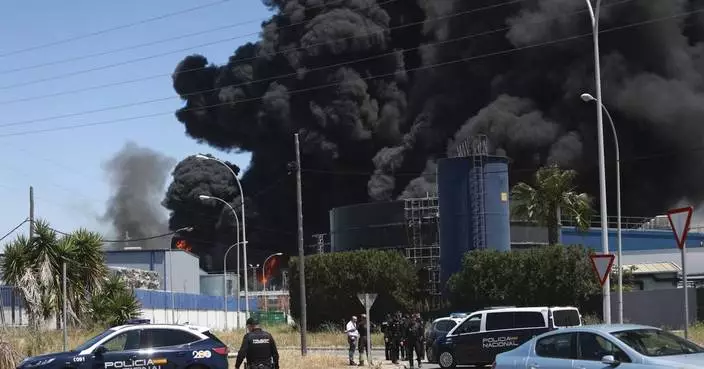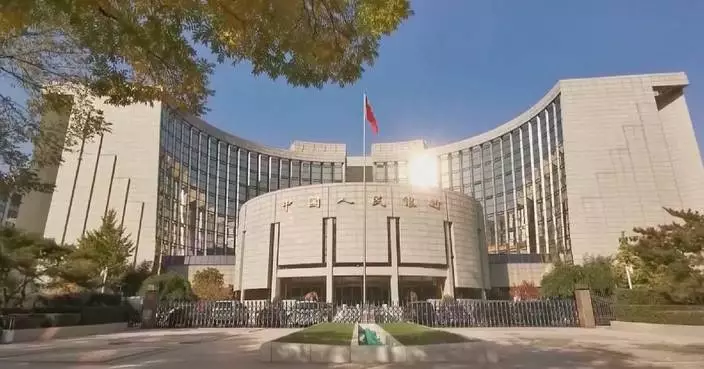A 4.2-magnitude earthquake struck the county of Yongqing in Langfang, north China's Hebei Province at 01:21 (Beijing Time) on Wednesday morning, according to the China Earthquake Networks Center (CENC).
The epicenter was monitored at 39.42 degrees north latitude and 116.60 degrees east longitude. The quake struck at a depth of 20 km, said a report issued by the CENC.
Tremor was felt in Beijing, and many residents in the capital received an earthquake early warning message.
As of 03:00 in the morning, five aftershocks had been recorded in Yongqing after the earthquake, according to the CENC.
No casualties or property losses were reported from the earthquake.

4.2-magnitude quake strikes Hebei: CENC
Morocco welcomed 5.7 million tourists in the first four months of 2025, up 23 percent from the same period last year, according to the latest official data from the kingdom's Ministry of Tourism, Handicrafts and Social and Solidarity Economy.
The North African nation's tourism revenue reached 2.46 billion U.S. dollars in the first quarter of 2025, up 2.4 percent year on year.
Several factors contributed to this surge, including enhanced air connectivity, strategic marketing efforts, and a diverse range of attractions.
"The 'Morocco, Land of Light' campaign is disseminated in 20 global tourist destinations through digital media platforms and giant display screens in world capitals. Thanks to the partnership with international airlines, the number of international flights increased by 20 percent in one year," said Fatim-Zahra Ammor, Moroccan Minister of Tourism, Handicrafts and Social and Solidarity Economy.
Foreign direct investment also played a crucial role in Morocco's tourism growth. Over the past five years, the country has averaged 3.5 billion U.S. dollars annually in FDI across all sectors.
"Foreign direct investments boost tourism projects and infrastructure and contribute to economic development. Morocco is a safe and stable country. That's why it continues to attract FDIs in all related sectors," said tourism expert Idriss Idrissi.
From the vibrant cities of Rabat, Marrakesh and Casablanca to serene beaches and unique desert resorts, Morocco offers a diverse experience for every type of travelers.
"Morocco has a colorful scenery. We're also glad to live an immersive experience in the old Medina where we can walk, eat and meet an amazing welcoming local community. Morocco is both traditional and very modern. It's an extraordinary experience!" said French Tourist Line Tezze.
The great performance of the tourism industry has also benefited the locals.
For many local artisans like Sidi Omar Tadili, tourism serves as a crucial source of income.
"The tourism boom has boosted the revenues of all Moroccan artisans. It has also opened up new markets while creating direct and indirect jobs in the craft industry across Morocco," said the artisan.
With Morocco set to co-host the 2030 FIFA World Cup and the 2025 African Cup of Nations, tourism is expected to continue its upward trajectory.

Morocco sees tourism boom in first four months of 2025




















































